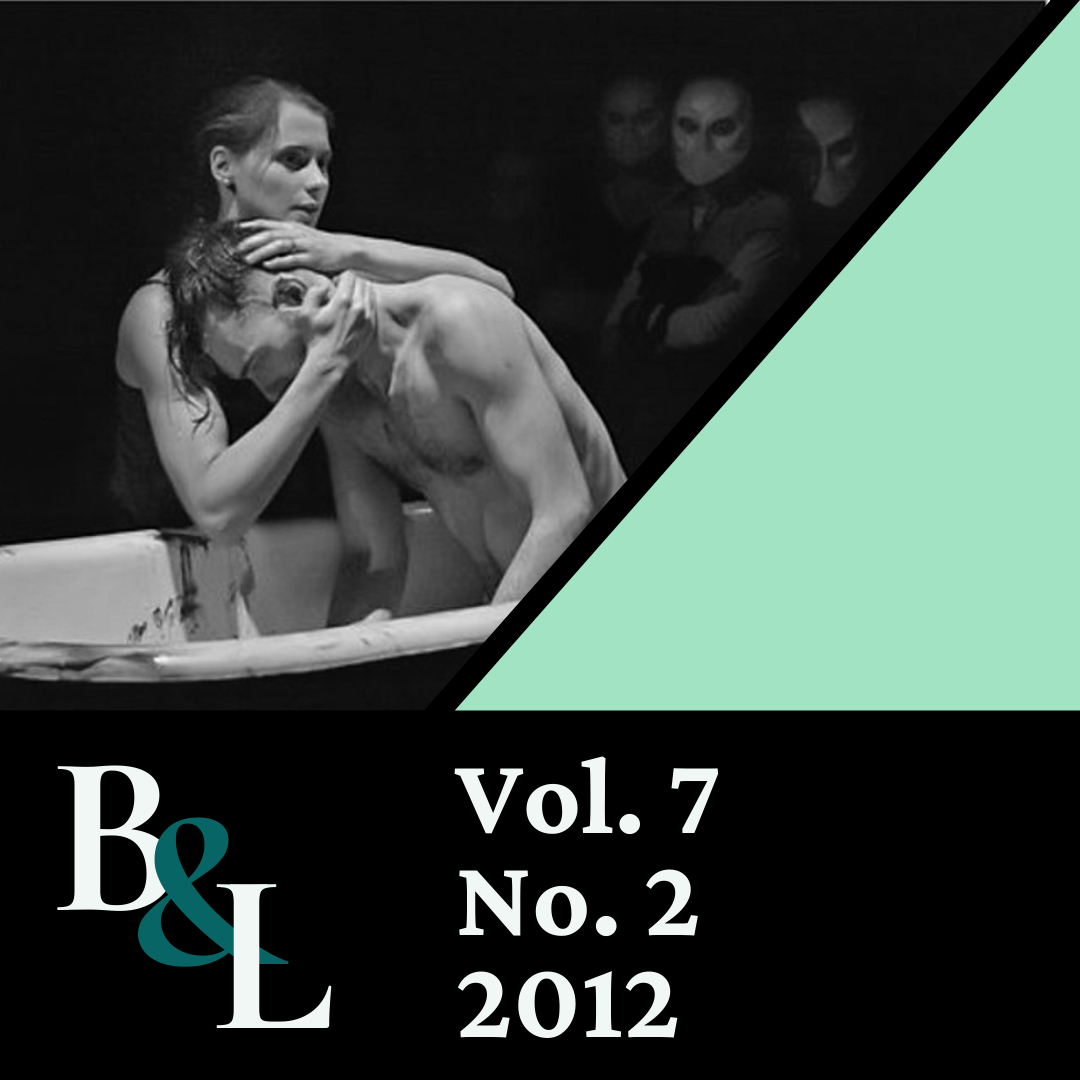Victim and Villain
Shylock in the African American Imagination
Keywords:
African American Studies, Shylock, Jewish StudiesAbstract
In examining the allusions that a variety of African American writers have made to the figure of Shylock in The Merchant of Venice, this essay demonstrates that these writers have followed a general pattern that has long existed of viewing the character as either a victim or a villain. While some African American writers see a kindred spirit in Shylock, one whose vilification by Venetian society parallels the negative ways in which African Americans have been treated in America, others view him as an embodiment of Jewish economic exploitation. By appropriating Shylock in these opposing ways, these writers attempt to place Shakespeare on their side in promoting either positive or negative views of the history of Black-Jewish relations.


